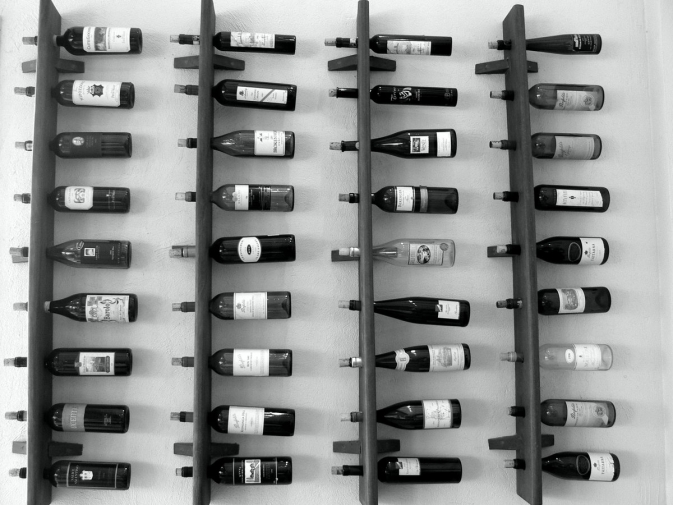This post is inspired by one of our own team members, who noticed that one of the blends in our personal fridge had become something new overnight. While we do mourn the loss of our original wee Petite Frog, we can also take this as a learning opportunity!
There are as many things that could go wrong as could go right in the magic of winemaking and fermentation in particular. “Sour” refers to a wine going past its prime and turning into vinegar.
“Corked” refers to the presence of a (nonharmful) bacteria called trichloroanisole, or TCA–it’s what can make a wine smell like a wet basement or damp cardboard. Sometimes it manifests more subtly, without the telltale smell, where it merely (more like cruelly) strips the wine of its fruit, like a page with all of its text erased.
There is also “madeirized” or “cooked” wine, a wine that was stored in too hot a place. The result ends up creating a sort of cloying and nutty effect, almost walnut-like in taste. This is named after Madeira wine, which for a while suffered from this condition, as shipments being sent out to England went on long sea voyages in sun-battered wooden casks. Wines from the region would spoil en route, so the winemakers came up with a solution–fortify (add spirits to) the wine so that they could survive the journey!
What happened to our blend is an example of “oxidized” wine, wine that had been exposed to an excessive amount of oxygen by mistake. This transformed wine takes on a biscuity, almondy quality. While this is done intentionally and quite delightfully in some styles of winemaking (Sherry, for instance), here it was not quite the experience as intended.
Although perfectly safe to drink, it’s no longer what it once was. Still, our little friend can find a new home as a cooking wine! We like to embrace change here.

